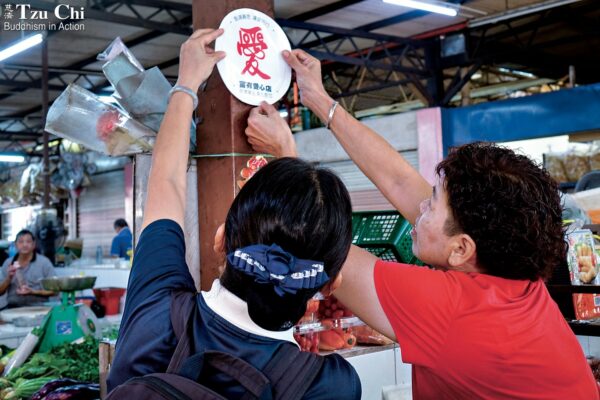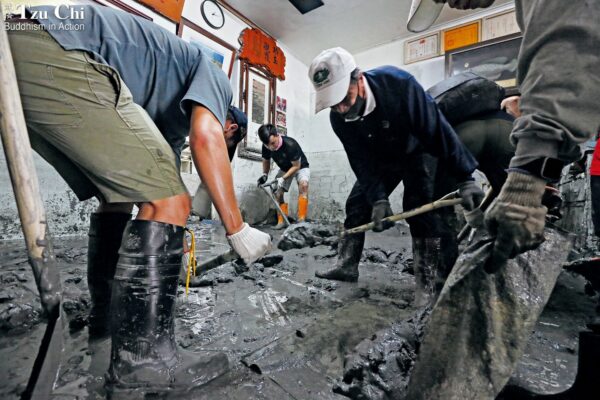Narrated by Wang Ying-wei, director of the Department of Medical Humanities, Tzu Chi University
Compiled by Yeh Tzu-hao
Edited and translated by Wu Hsiao-ting
By integrating medical care and social support, communities can create lasting improvements in health and quality of life.
The UN’s Sustainable Development Goal 3, “Good Health and Well-Being,” is deeply connected to issues of poverty, hunger, education, employment, and inequality. Advancing public health requires moving beyond the narrow view that health is solely about medical care. A broader, more holistic perspective is essential.
One example of this holistic perspective is “social prescribing,” a concept advocated by the World Health Organization and promoted by Hualien Tzu Chi Hospital. Already implemented in countries such as Canada, Australia, New Zealand, Singapore, Finland, and Japan, social prescribing highlights the importance of addressing the underlying social determinants of health and acknowledges that health challenges cannot be fully addressed through medical treatments alone. For example, traditional medical advice in tackling obesity often focuses on weight loss strategies, but the root cause may be financial limitations that restrict access to healthier food options. While exercise and dietary changes can help, a more comprehensive approach that considers broader social determinants is needed.
This holistic approach includes non-medical interventions, such as fostering interpersonal relationships, encouraging social participation, promoting physical activity, and offering therapies like art and horticulture. Trained volunteers, public health nurses, and home care providers connect patients to these resources. The effectiveness of such interventions is then tracked and adjusted, if needed.
Another key concept is “compassionate communities,” which help build healthier neighborhoods. In Taiwan, where the population is aging rapidly, the government has been promoting compassionate community programs that include age-friendly and dementia-friendly initiatives. Such programs foster warmer and more supportive interactions among residents.
Statistics show that in the last year of life, terminally ill patients rely on non-medical caregivers—such as family, friends, and community members—for 95 percent of their care. Healthcare providers account for only five percent. This underscores the insufficiency of a purely medical approach in addressing well-being.
For instance, an elderly man battling a serious illness may need constant care from his wife, who also handles daily household tasks. In such situations, neighbors can offer support by helping with grocery shopping, taking out the garbage, or running other errands, thereby alleviating the caregiver’s burden.
Everyone has the capacity to help others. Strengthening community members’ ability to support one another, while using external resources to fill gaps, is key to achieving meaningful and lasting improvements.
By adopting a holistic approach to health—integrating medical care with social and community-based support—we can more effectively tackle health challenges. True well-being is achieved not solely through medicine but through collective efforts that foster a supportive environment for health and care.



